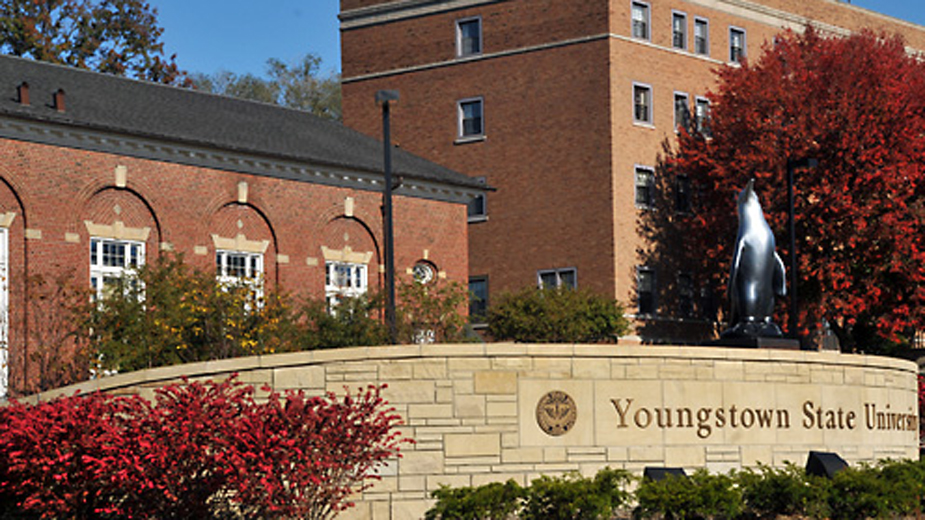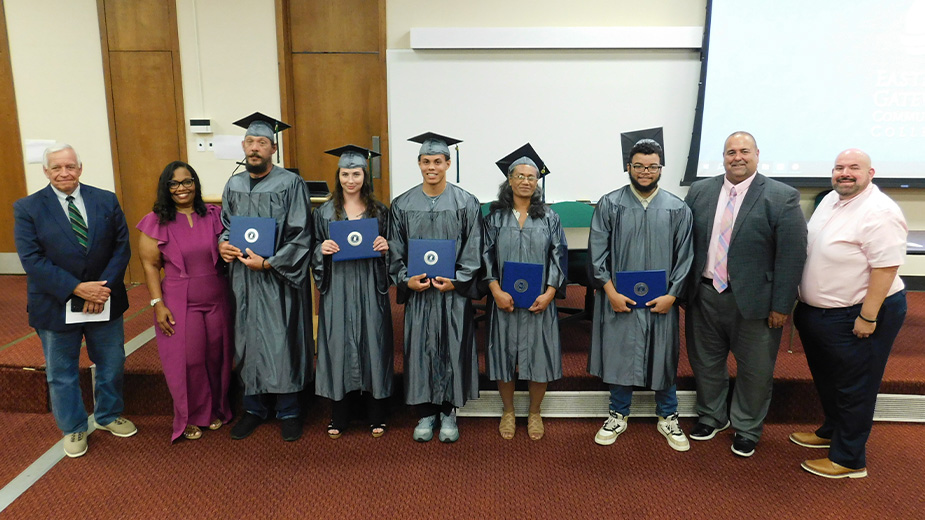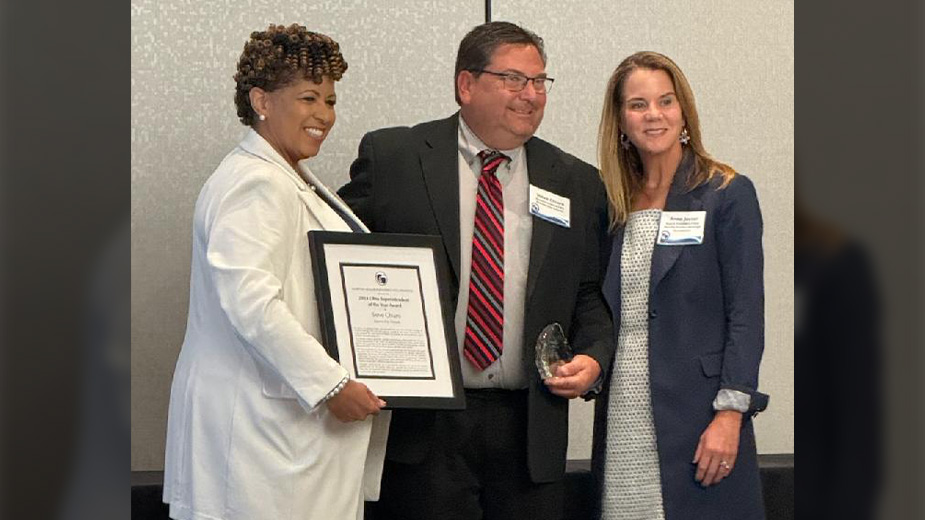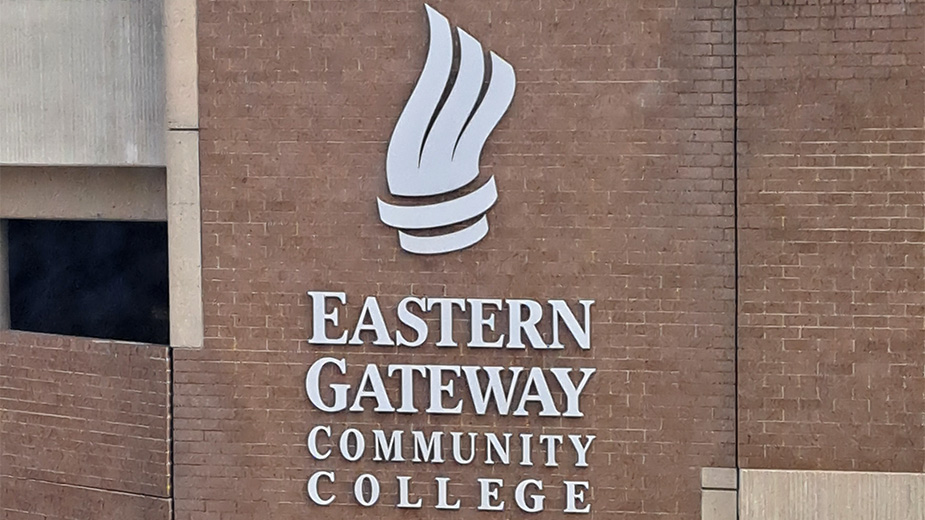The New YSU! Sloths, Seniors and Students: Oh My!
By Ashley Leonelli, coordinator of graduate admissions at Youngstown State University’s College of Graduate Studies. Contributing to this article were Sal Sanders, dean of the college, Michael Butcher, associate professor in the department of biological sciences, and Tiffany Hughes, assistant professor in the department of gerontology.
YOUNGSTOWN, Ohio – The graduate faculty and students at Youngstown State University are working on exciting projects that are helping sloths in Costa Rica and senior citizens right here in Youngstown.
The faculty and students strive to conduct research and engage in scholarly work that not only enhances the education of students, but will be beneficial to members of the YSU community and beyond.
Two examples of graduate level research and scholarship include a study about the movement of sloths and a project geared toward fall prevention for our local senior citizens.
Michael T. Butcher, Ph.D., is a zoologist in the department of biological sciences at Youngstown State University. He and his students are con ducting research studies that evaluate muscle activation in the limb muscles of three-toed sloths native to Costa Rica.
They use electromyography to determine the patterns and levels of muscle fiber recruitment during their stereotypical suspensory (upside down) behaviors.
Butcher hypothesizes that the way in which sloths contract their muscles helps them conserve energy. More specifically, he is testing the idea that sloths evolved the ability to minimize activation of their muscles for hanging postures.
To record an electromyogram from live sloths, students construct electrodes that get implanted into eight forelimb muscles. These are connected to a Bluetooth amplifier unit that each animal wears on its back.
Having wireless technology allows sloths to move freely during recording trials where sloths either hang from a beam or walk below it.
So far, the team has successfully recorded and analyzed EMG data from six animals at the Sloth Sanctuary of Costa Rica. They are learning that the results do support Butcher’s hypothesis.
The findings are also exciting because they are helping us learn how sloths are able to move so slow and controlled without using any unnecessary energy.
Saving energy is critical to how sloths have survived at the extremes of mammalian existence for so many millions of years.
Butcher and his students plan to return to Costa Rica again next spring to collect more data, this time from the hind limb muscles.
Youngstown State University graduate faculty and students from the departments of gerontology and physical therapy, in partnership with Ohio Living Park Vista, are working to increase awareness about fall risk among seniors in the Mahoning Valley.
Falls affect more than a quarter of seniors each year, but many can be prevented. Project VIBE – Valley Initiative to promote Balance among the Elderly – has already assessed more than 100 older adults in the community, providing information about fall risk and resources to prevent falls.
Project VIBE is also helping seniors reduce their risk of a fall through tai chi. The project is student-centered by having graduate students in gerontology and physical therapy work with faculty as part of their training.
The project teaches students how to conduct research and clinical assessments with older adults while providing a vital community service.
Project VIBE seeks to expand into more areas of Youngstown and the greater Mahoning Valley. Older adults interested in volunteering for the project must be 60 years of age and living independently in the community.
For more information, contact Tiffany Hughes at 330 941 3442 or Cara Carramusa at 330 941 1963.
Copyright 2024 The Business Journal, Youngstown, Ohio.



